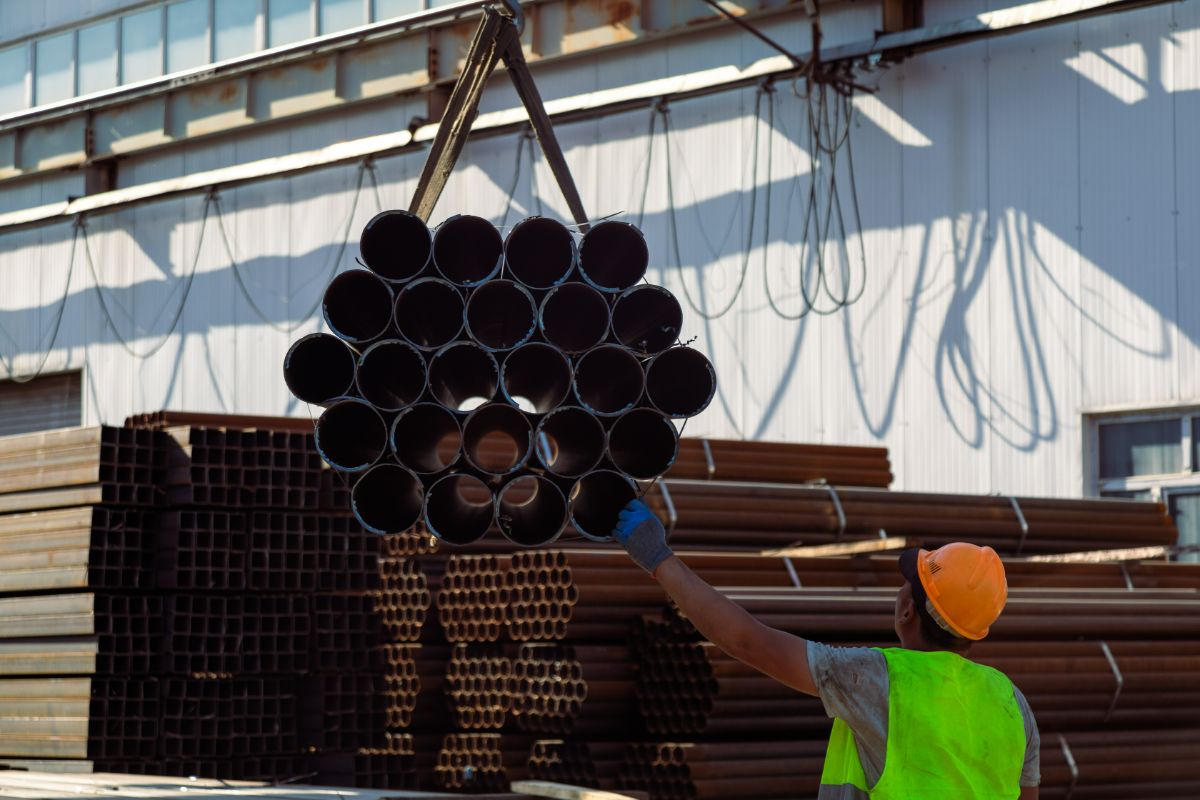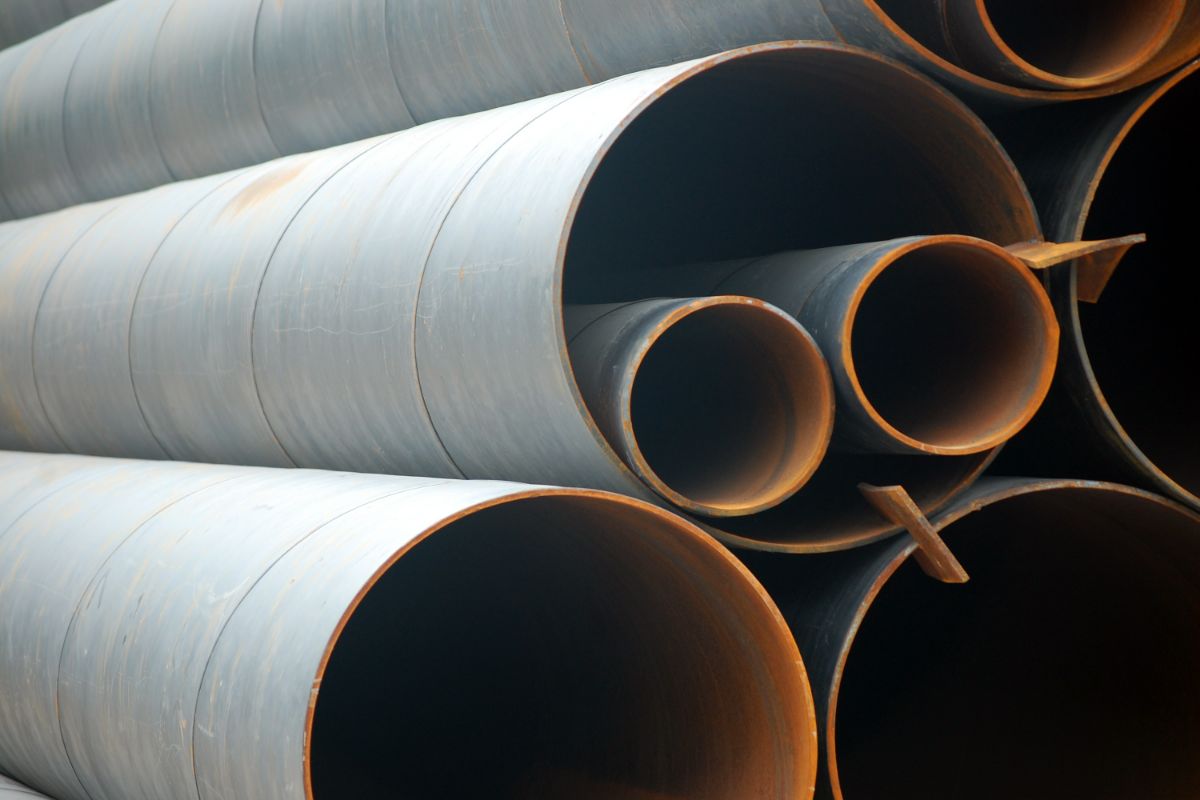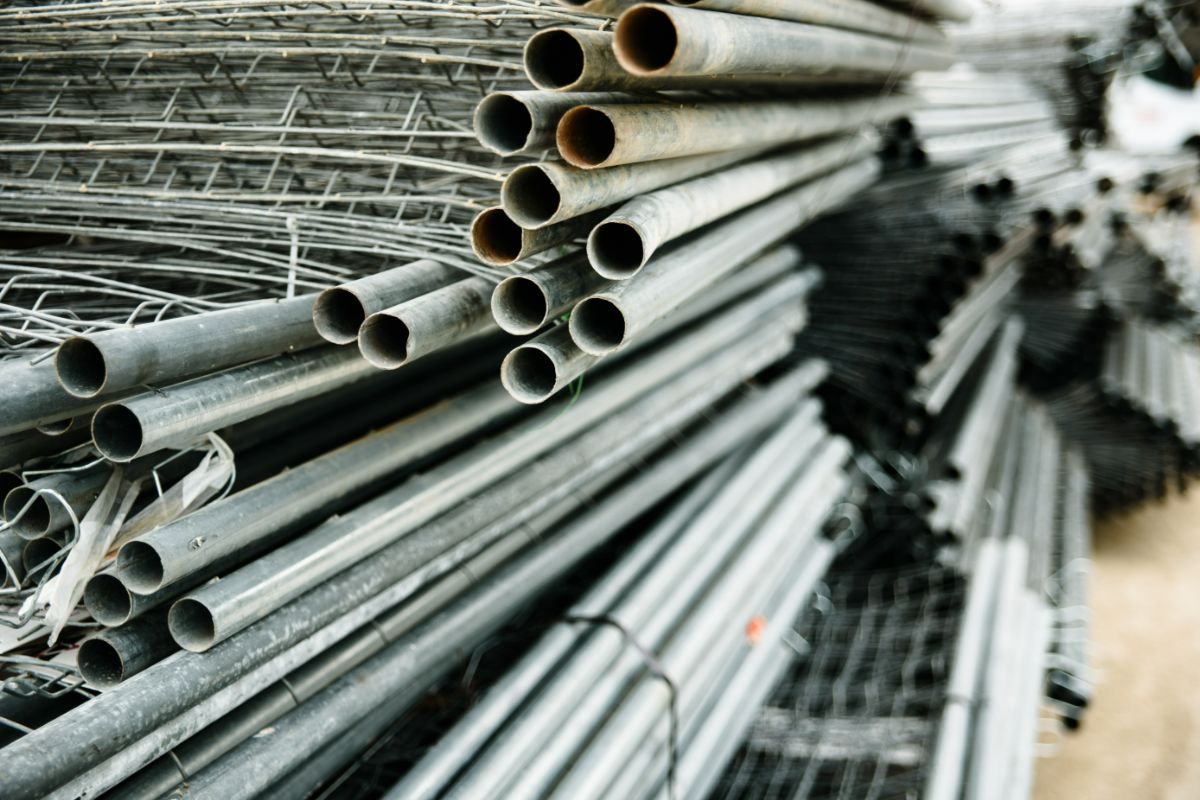
5 Types of Steel Pipes and Their Applications
What are the different types of steel pipes?
- Seamless pipe
- Spiral pipe
- Lightweight steel tube
- Light gauge pipe
- Heavy gauge pipe
Overview
Steel pipes’ diversity—from seamless to spiral—reflects steel’s essential role in construction and industry due to its strength and adaptability.
The article outlines steel pipes’ specific properties and applications, emphasizing their importance in high-pressure, transport, and efficiency-critical situations.
Steel pipes, whether seamlessly constructed, spirally welded, or precision-engineered for lightness, contribute significantly to the foundational infrastructure of society, asserting their indispensable role in sustaining the robust, yet unseen, framework that underpins everyday life and industry.
Renowned for its durability and heat resistance, steel is essential in construction and industrial applications. Its adaptability shines through the diverse range it has across various types of buildings. Each is designed for particular functions from underground systems to towering buildings.
Here, we will go through the different types of steel pipes and their applications. We provide you with examples of how these different types of products can help you and your future construction projects. Click here to learn more!
Seamless Pipe
Seamless steel pipes are crafted through an extrusion process that forges pipes without any seams. This manufacturing technique not only ensures a sleek uniformity but also provides it with exceptional mechanical strength. This is what allows this type of pipe to perform under excruciating pressure.
Their seamless construction also gives its resistance to corrosion and wear. When paired with their capacity to maintain integrity at extreme temperatures, it renders them irreplaceable in high-pressure boiler systems, as well as in the precision-driven aerospace and automotive sectors.
The absence of seams equates to a minimized risk of leaks and ruptures, making seamless steel pipes reliable for various applications. You can find these pipes in different industries from chemical processing plants to power generation facilities.
Spiral Pipe

Made by coiling steel strips at a precise angle, spiral steel pipes boast a strong helical seam. This is what gives them remarkable structural durability. With this type of seam, the pipe can withstand axial stresses and hoop stresses with remarkable poise. That’s why this can also be seen in large-scale applications that require robustness and reliability.
Their versatility in diameter and length also enables their extensive application in the transportation of natural gas, oil, and water across a variety of topographies. It maximizes the capabilities of the infrastructure. These pipes exemplify the fusion of raw strength and engineering precision, supporting the flow of commerce, sustaining communities, and bolstering the very frameworks upon which modern civilization is built.
Lightweight Steel Tube
Modern industrial design places lightweight steel tubes at the forefront. Their remarkable lack of weight is contrasted with their extreme tensile strength, a combination created by sophisticated metallurgical techniques that produce low-thickness, high-strength steel. This balanced combination of strength and lightness opens up a world of design opportunities, especially in industries where weight and structural capacity must be balanced.
For example, the automotive industry harnesses these tubes to construct vehicles that demonstrate improved fuel efficiency and agile performance, all while steadfastly adhering to rigorous safety standards. Furthermore, lightweight steel tubes are integral to the manufacturing of dynamic, high-performance bicycle frames and vital aerospace components, where every ounce saved translates to leaps in energy efficiency.
By transcending the traditional limitations of material weight, lightweight steel tubes embody a transformative resource, seamlessly propelling industries toward groundbreaking achievements in design and functionality.
Light Gauge Pipe

Meticulously fashioned through cold-forming techniques, light gauge steel pipes offer a fine-tuned synthesis of strength and lightweight flexibility, setting a high bar for structural efficiency. This makes them an indispensable component in complex, space-conscious installations such as intricate HVAC systems and interior framing, where they contribute to seamless, cost-effective construction solutions.
In the agricultural sector, these pipes underpin streamlined irrigation networks. With its help, this pipe demonstrates how engineering finesse can facilitate high-performance systems that meld unassumingly with their environments. On the other hand, the automotive industry also lauds this type of pipe for its capacity to consolidate the sturdiness of steel within non-load-bearing components. It reduces the overall vehicle mass to enhance fuel efficiency and lower emissions.
Heavy Gauge Pipe
Forged with steel of appreciable thickness, these pipes showcase a defiance of external pressures and impacts. They serve as the unseen yet critical arteries in municipal and industrial landscapes, channeling essential services like water, gas, and oil where failure is not an option. Within the field of architecture, they anchor edifices, bridges, and underground systems, offering stability that is synonymous with permanence.
Even beyond the terrestrial, heavy gauge pipes fortify offshore platforms against the relentless oceanic forces. They exemplify the confluence of raw strength and engineering precision, undergirding the flow of commerce, sustaining communities, and buttressing the very frameworks upon which modern civilization is built.
Key Takeaway
Steel’s versatility is brilliantly manifested in the array of pipes tailored for varying industry needs, offering optimized solutions for the transport and transfer of a wide range of substances.
From the robustness of seamless and heavy gauge pipes to the innovative designs of spiral and lightweight tubes, this guide underscores the importance of the different types of steel pipes and their applications.
If you have any questions, get in touch with Supreme Pipe here.


